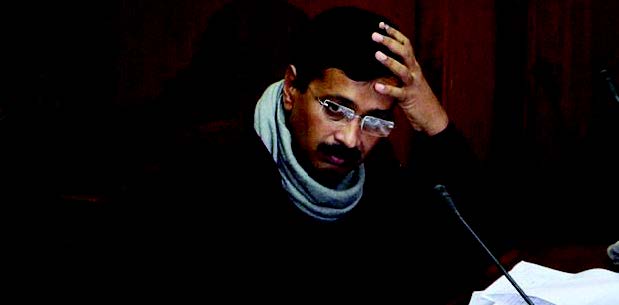
NEW YORK (TIP): A team of international investigators led by the World Health Organization (WHO) is likely to go to China in early January to study the origins of the COVID-19 outbreak, which first began in Wuhan, in southwestern Hubei province, late last year.
WHO officials said on Thursday, December 17, the composition of the team and where they would visit was being discussed with China. Babatunde Olowokure, the WHO’s regional emergencies director in the Western Pacific, said at a press conference that China was “welcoming” the team and the visit was likely to happen in early January. How much access the team will have, and whether the visit comes too late, has become a point of contention. China has resisted calls for an independent international inquiry into the origins but has said it would be open to a WHO-led investigation even as the organization has come under fire, particularly from the U.S., over its handling of the outbreak in the initial stages.
A team of 12-15 experts will likely go to Wuhan “to examine evidence, including human and animal samples collected by Chinese researchers, and to build on their initial studies”, Reuters reported. Thea Fischer, a Danish member, was quoted as saying the team would leave “just after New Year’s” for a six-week mission, which would include two weeks of quarantine on arrival. Initial attention into the origins of COVID-19 had focused on the Huanan seafood market in Wuhan, where an outbreak was first reported in December, although some Chinese health officials have since said the market may have not been the origin, but where the virus first spread.
Focus on market
The WHO investigation will likely focus on the market in an effort to reconstruct the outbreak, the South China Morning Post reported this week, noting that China had “released sparse details” about its studies into the market. Most scientists believe the SARS-CoV-2 virus, similar to the first SARS outbreak, likely came from a bat and passed to humans via an intermediary host. Whether that was one of the live animals sold at the market is among the issues the investigation will look into. The WHO investigation, although at an early stage, has already become politicized, with China resisting what it sees as any outside interference, seeking to remain in control over how much access international scientists will have, and officials and State media there increasingly backing a narrative suggesting the virus came to China from elsewhere. The U.S. and several other countries, meanwhile, have criticized the WHO’s handling and called for more transparency and independence into the investigations.
The report from the first WHO-China Joint Mission on COVID-19, which followed a visit by 25 Chinese and international experts to several Chinese cities between February 16 and 24, praised China’s initial handling of the outbreak and the lockdown of Hubei province for controlling the spread of the virus. The WHO mission report was widely cited by the Chinese media as underlining the success of the country’s response.
The mission to China followed a visit by the WHO Director-General Tedros Adhanom Ghebreyesus to Beijing, who in a January 28 meeting with President Xi Jinping “praised the seriousness with which China is taking this outbreak, especially the commitment from top leadership, and the transparency they have demonstrated”.
Initial cover-up
Neither mentioned the initial cover-up by Wuhan authorities until mid-January, which resulted in the Communist Party leadership in February sacking the Party chiefs of both Hubei and Wuhan, as well as two senior provincial health officials. That detail has, however, now become a footnote, with State media, ahead of the WHO team’s visit, increasingly emphasizing China’s subsequent recovery, showcasing its effective response to stem the outbreak, and questioning the origins of COVID-19.
On Thursday, the Party-run Global Times published an article questioning whether the virus came to Wuhan from overseas, citing recent local cases in China related to imported seafood and meat products. “As the mounting sporadic outbreaks in China were found to be related to imported cold-chain products, with other parts of the world, including Europe and the American continent, reportedly discovering signs of the coronavirus earlier than Wuhan, it begs a new hypothesis: did the early outbreak in Wuhan originate from imported frozen food?” the newspaper asked. China has in recent weeks stopped certain food imports, which it has blamed for new cases that have been reported even after local transmission had broadly been curbed by the end of the summer.
Chinese scientists have also put forward studies suggesting the virus was circulating in other countries, such as Italy, before it came to China. One recent pre-print even suggested the first human transmission took place on the Indian subcontinent, but it was subsequently withdrawn.
That is not, however, the view of most international experts. Last month, Michael Ryan, the Executive Director of the WHO’s Health Emergencies Programme, said it would be “highly speculative” for the WHO “to say that the disease did not emerge in China”. “It is clear from a public health perspective that you start your investigations where the human cases first emerged,” he said, adding that evidence may lead them elsewhere.
These remarks from the WHO did not, however, find wide mention in the Chinese media.
(Agencies)





Be the first to comment